With much of the traffic hidden away inside a network of mountain tunnels, Guanajuato invites you to explore by foot. Squeezed into a narrow valley, its windy alleyways with colorful houses and beautiful cozy squares make Guanajuato the most charming city you might visit in Mexico.
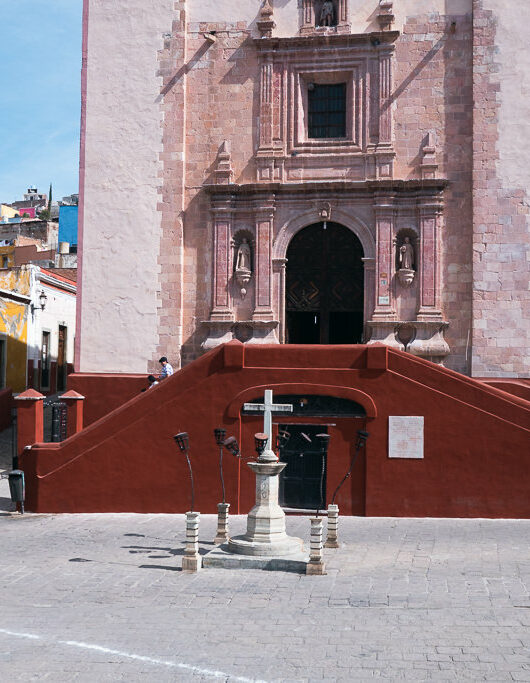
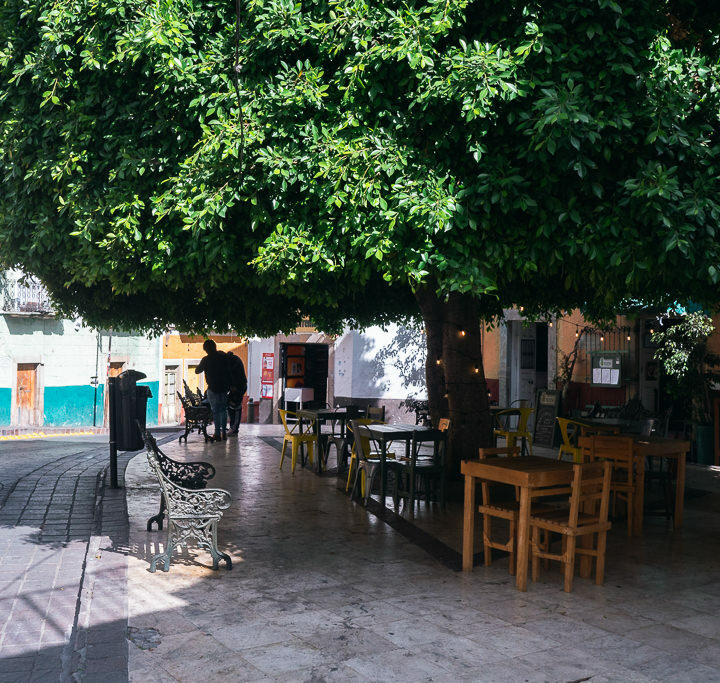
Once a silver mining town, it lured in the Spanish searching for riches. It eventually became the temporary capital of Mexico and was later named a UNESCO World Heritage Site.
To appreciate the city to its fullest, here are the most interesting things to do in Guanajuato. For a more personal look at Guanajuato, you can also check out my video below!
Things to do in Guanajuato
Explore Guanajuato’s warren of tunnels
A proper introduction to Guanajuato starts with entry into the city via a series of tunnels.
Though tunnels perhaps don’t typically conjure up much excitement, this system of tunnels is unique because of the sheer number of them.
Initially serving to divert the waters of Rio Guanajuato to prevent flooding during the mining era, these tunnels now serve to manage traffic flow in an ever-growing city.
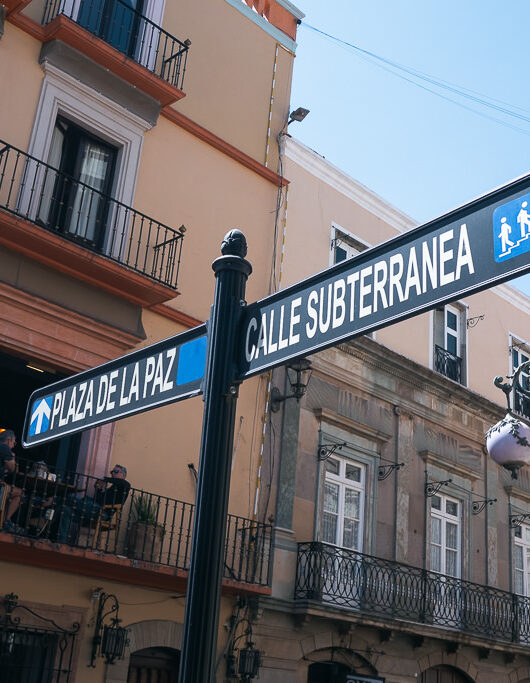
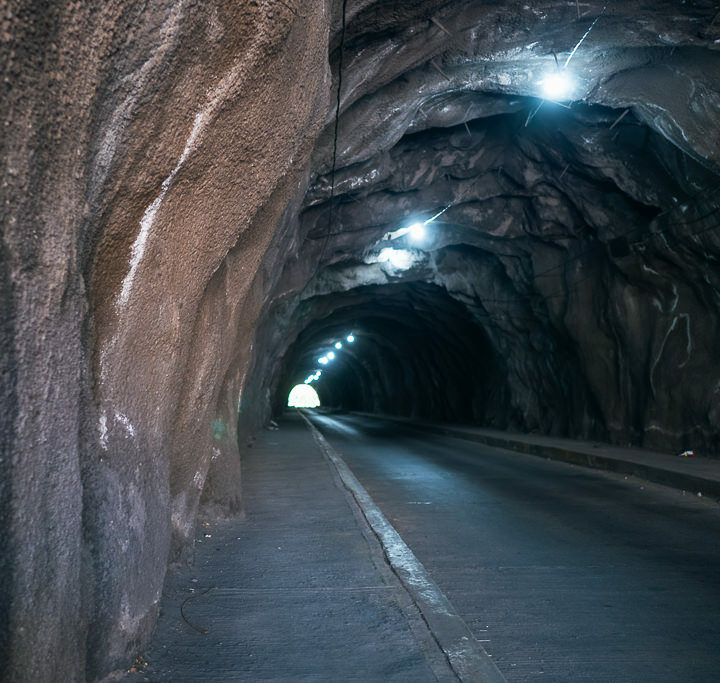
Varied routes can be enjoyed navigating the city underground and many of the tunnels offer pedestrian walkways connecting you between top attractions.
Romantic, thrilling, or eerie… that’s for you to decide.
Enjoy the colorful houses
This is not so much a “thing to do” as a thing to simply appreciate.
Guanajuato is truly bursting with color, from the ochre red colonial-era churches and historical buildings, to the wonderfully windy alleyways up the hills where various hues of pastel colors vie for your eye’s attention.
Guanajuato being a generally safe city, it’s definitely worth going on some random exploration to enjoy the colorful streets.
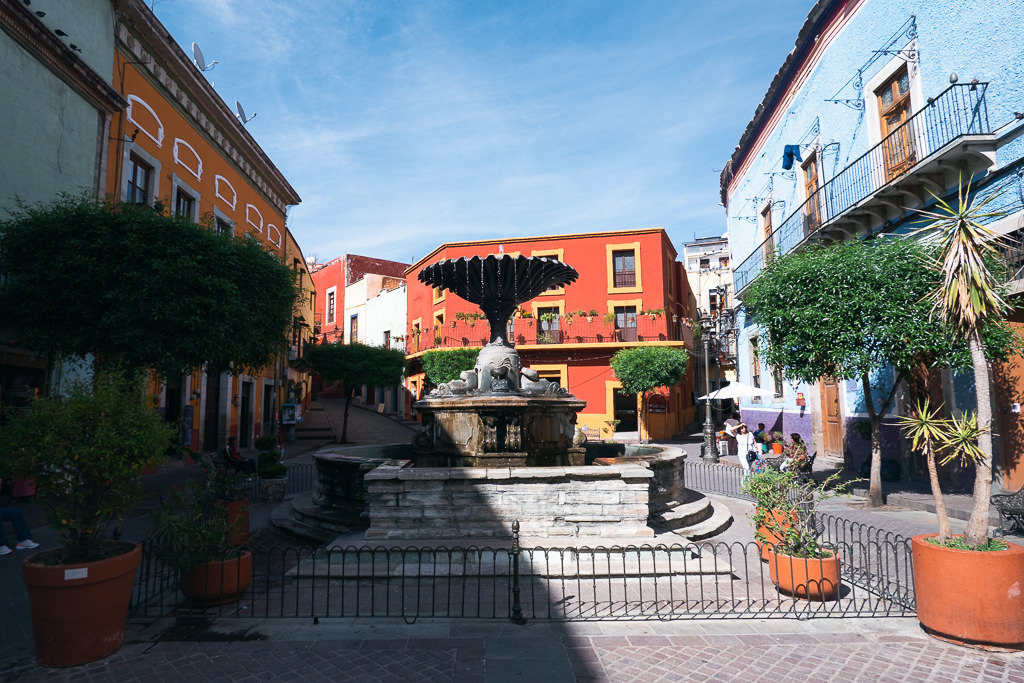
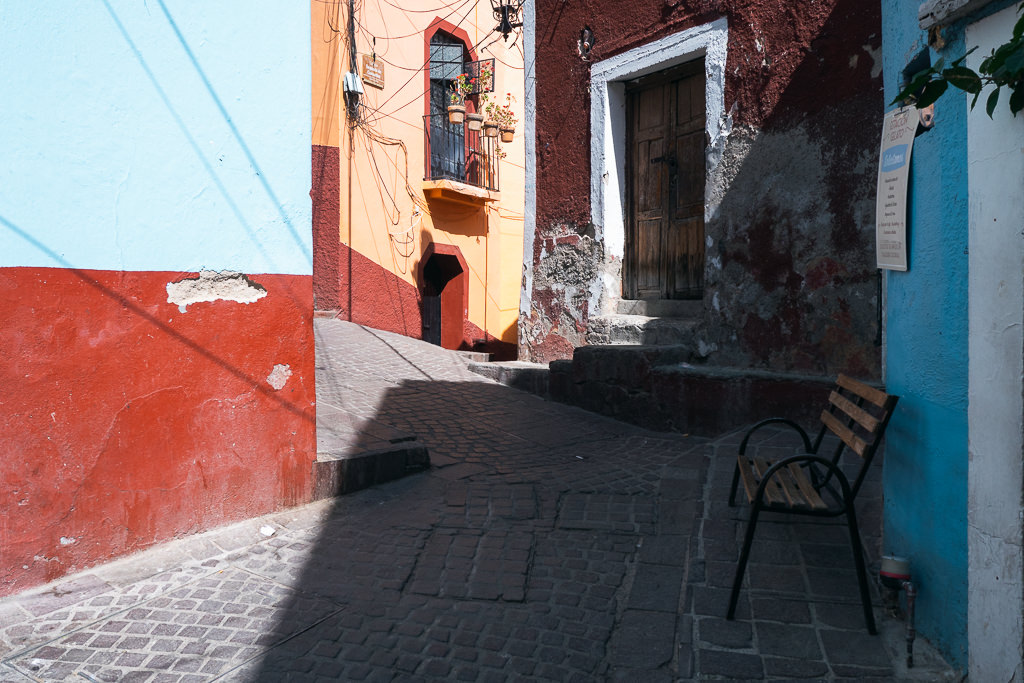
Eat at the Mercado Hidalgo
This chaotic collection of market stalls is not just a foodie paradise, but the building it’s housed in is worth seeing in itself.
The gorgeous cast-iron arched structure was originally intended to become the roof above Guanajuato’s central train station.
Designed in the early 1900’s by Gustave Eiffel (whom you may know from a certain tower in Paris), the project ran into some difficulties, after which it was transformed into a market hall. The railway to Guanajuato was never completed.
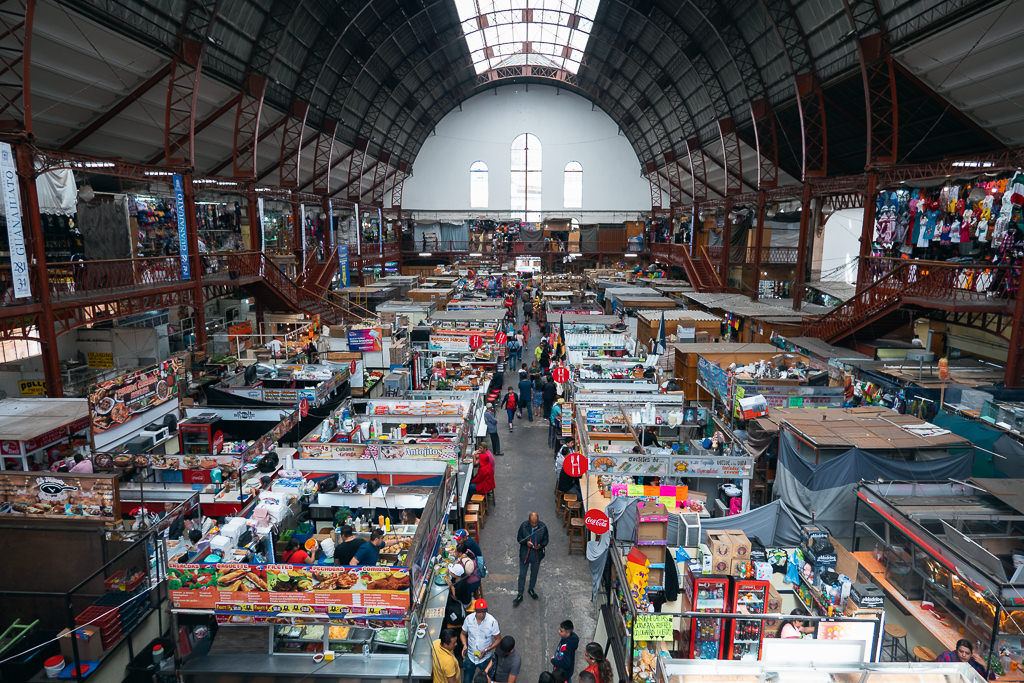
The stalls selling trinkets are of little interest, but the market is a fun place to dive into the local cuisine and get some quick and cheap eats.
Stroll around and you may see some interesting curiosities, such as a butcher selling chicken feet by the bunches, or a stand offering a choice between 50 different habanera sauces for your torta!
Enjoy the beautiful plazas
What struck me about Guanajuato is just how many beautiful leafy squares and plazas there are to enjoy, often featuring fountains, topiary, or trees that form giant parasols shielding you from the mid-day heat.
Plaza de Los Angeles and Jardín de la Unión are two great places to grab lunch or dinner and watch the world go by.
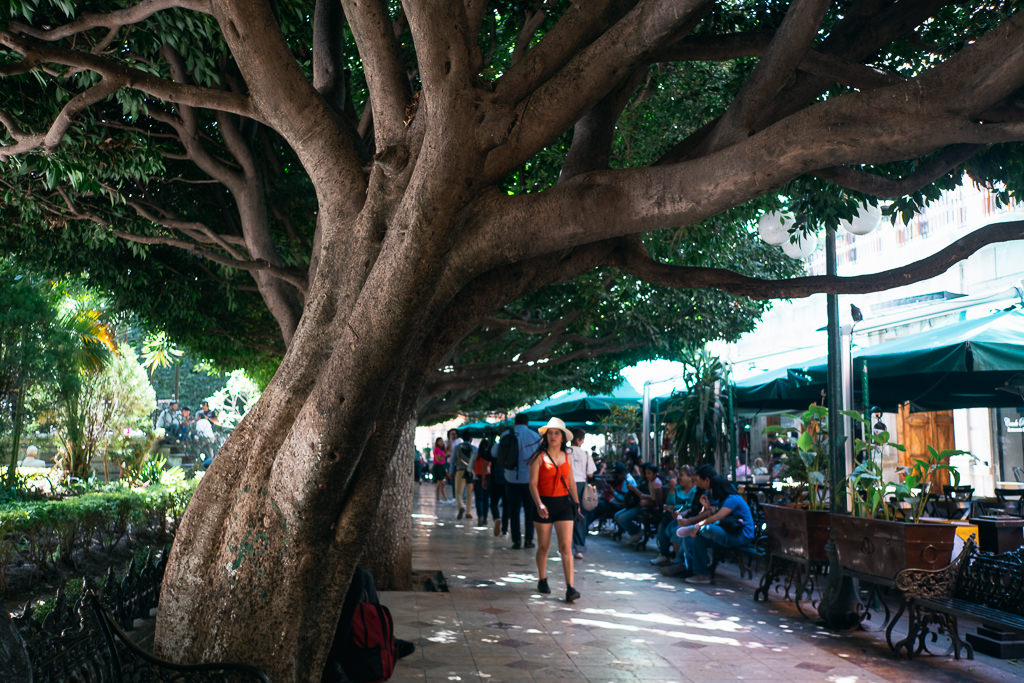
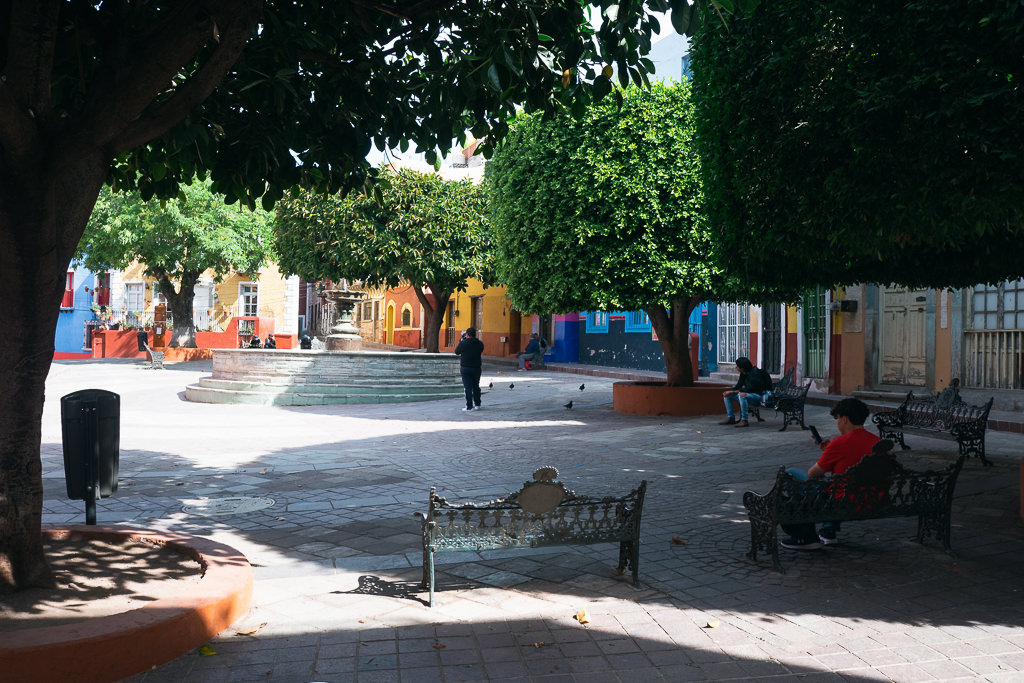
Visit the dead at the Mummy Museum
If you’re a fan of the macabre, this small museum will surely be a weird highlight for you.
The Guanajuato Mummy Museum is home to a few dozen mummies. From 1865 to 1958 the city of Guanajuato required people to pay a grave tax; when their living relatives couldn’t pay, the bodies were simply put elsewhere. Due to the dry conditions of the soil in the area, many of those bodies were naturally mummified.
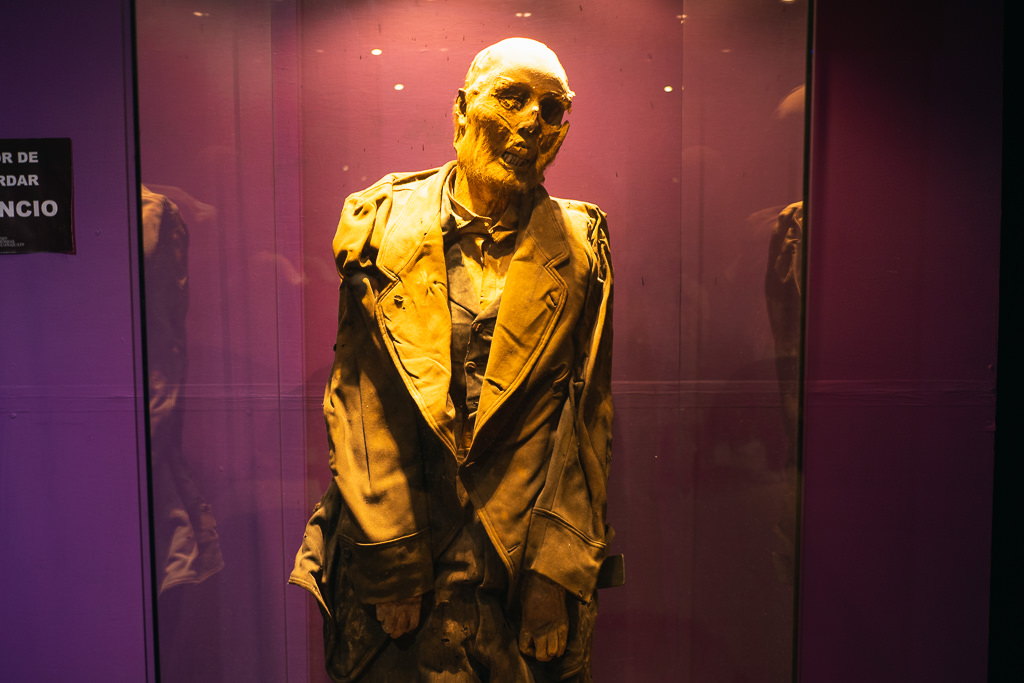
The displays here are a little more gruesome than your average Egyptian mummy, since more detail has been preserved. Given how relatively recent these mummies still are it’s perhaps strange to see them on display, but I suppose Mexican culture has a different relation to the dead.
It’s located about a 20-25 minute walk outside the main center. It’s uphill, so you may want to get a taxi there and walk the way back.
Take the funicular up the hills
I was a bit skeptical of this attraction as it seemed to be most obviously some sort of tourist ride… but actually, this turned out to be one of the most memorable experiences I had while in Guanajuato.
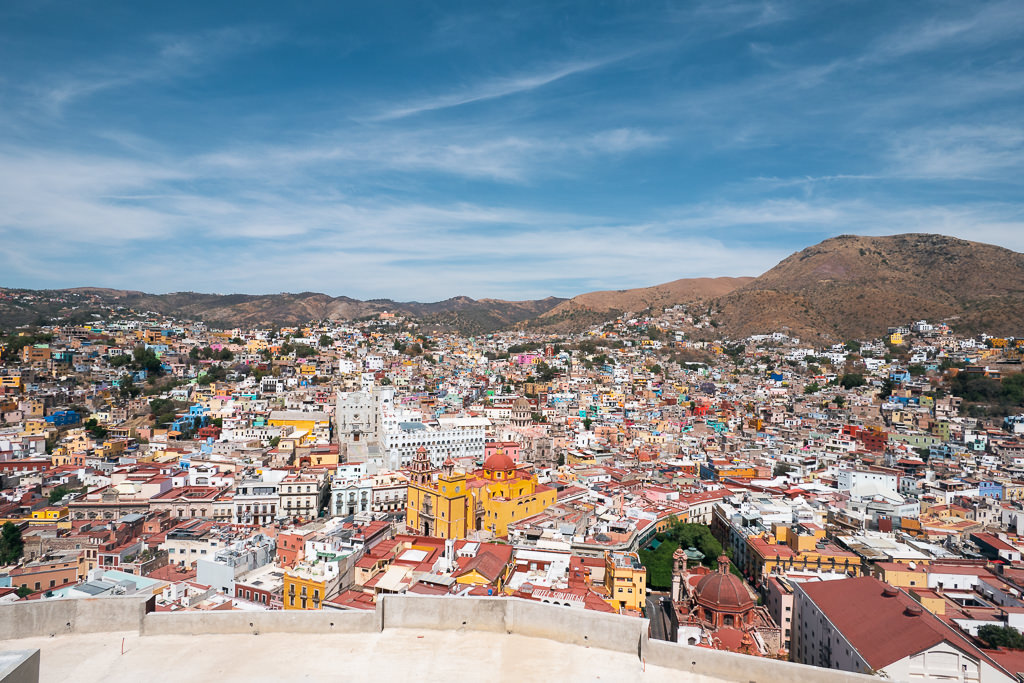
Without a doubt, your visit to Guanajuato should include this trip up to the top of the hills via this cable car. There, you’ll be greeted by the iconic El Pilipa statue and hands down the best view over Guanajuato.
Tip: make the trip at least 30 minutes before sunset to secure a good view and watch as the lights turn on over the city… it’s unforgettable.
Understand the history on a walking tour
To go beyond any superficial impressions of Guanajuato, I highly recommend taking a walking tour.
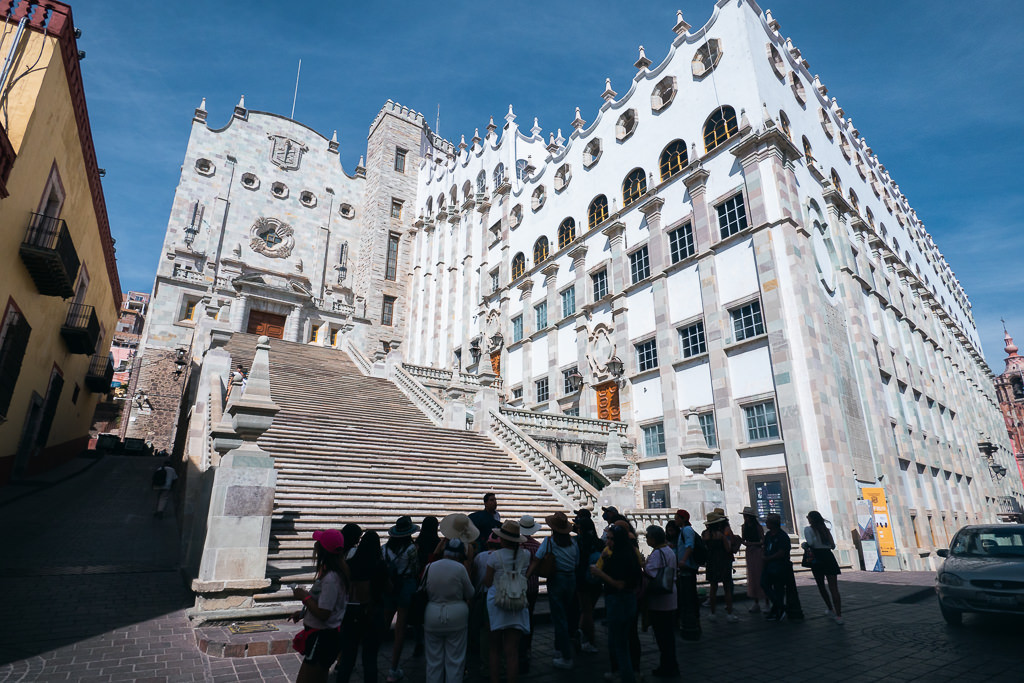
With so many interesting landmarks and the city having played a key role in Mexican history, checking out the city streets with a local who knows the ins and outs will give you some crucial context and background.
With Guanajuato Walking Tours, you can book a 3-hour guided tour for 450 Mexican pesos. You can also opt for this private walking tour in Guanajuato where you’re not sharing the experience with a large group.
See Diego Rivera’s childhood home
Husband to the illustrious Frida Khalo, Diego Rivera was a powerhouse artist in his own right. While most probably associate Rivera with La Casa Azul in Mexico City where he lived and worked in Khalo, Rivera’s humble beginnings started in downtown Guanajuato.
Born in 1886, Rivera was born into a well-to-do family and at the age of three, one year after his twin brother died, he began writing and drawing on the walls. Instead of punishing him, his parents put up chalkboards to encourage his artistic endeavor.
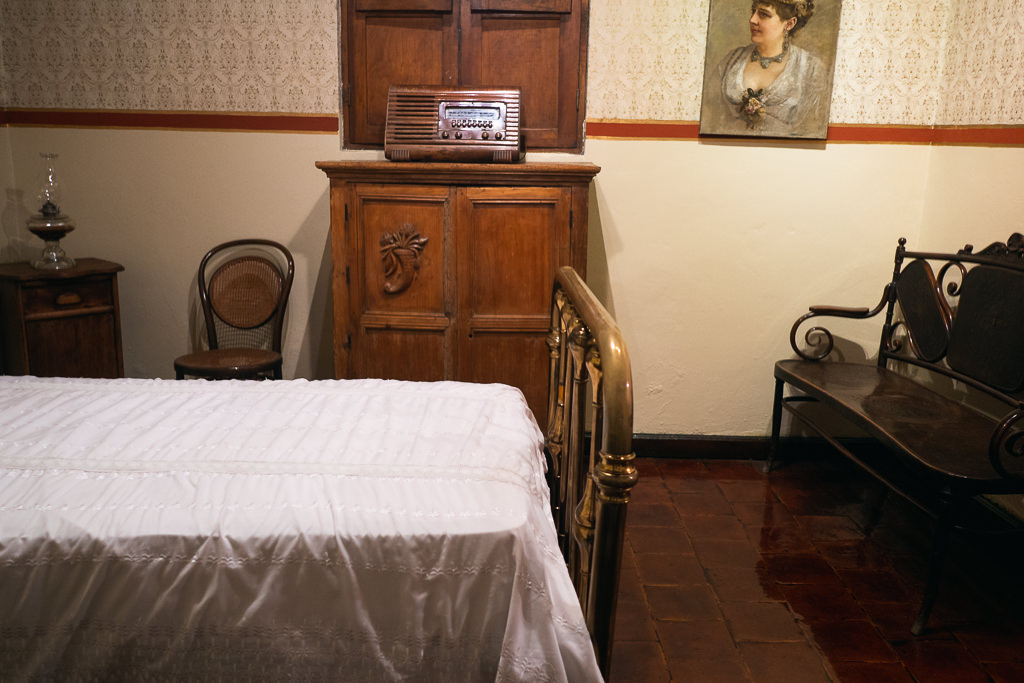
The Diego Rivera home in Guanajuato is a museum dedicated to preserving the space as it was when he was born. The site includes his and others’ works which influenced his art and life.
See the Juarez Theatre
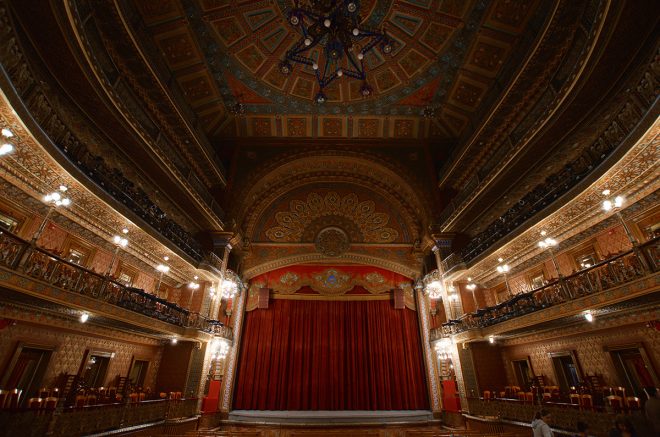
An intriguing venue for enthusiasts of performing arts and flamboyant neoclassical architecture, Juarez Theatre is a perfect pit stop during your daytime walk or for an evening out.
Juarez Theatre hosts a variety of entertainment including dance performances, concerts, plays, and film screenings. If you’re hoping to catch a show, make sure to purchase tickets ahead of time at the box office.
Hike la Bufa
This hike starts on the edge of Guanajuato and goes through cactus-strewn terrain with some cool rock formations, and ends on top of a cliff with stunning views of the city below. It takes about 2 hours round-trip, but it could take more like 3 hours depending on your pace.
Being a fan of hiking, this was probably my favorite activity in Guanajuato.
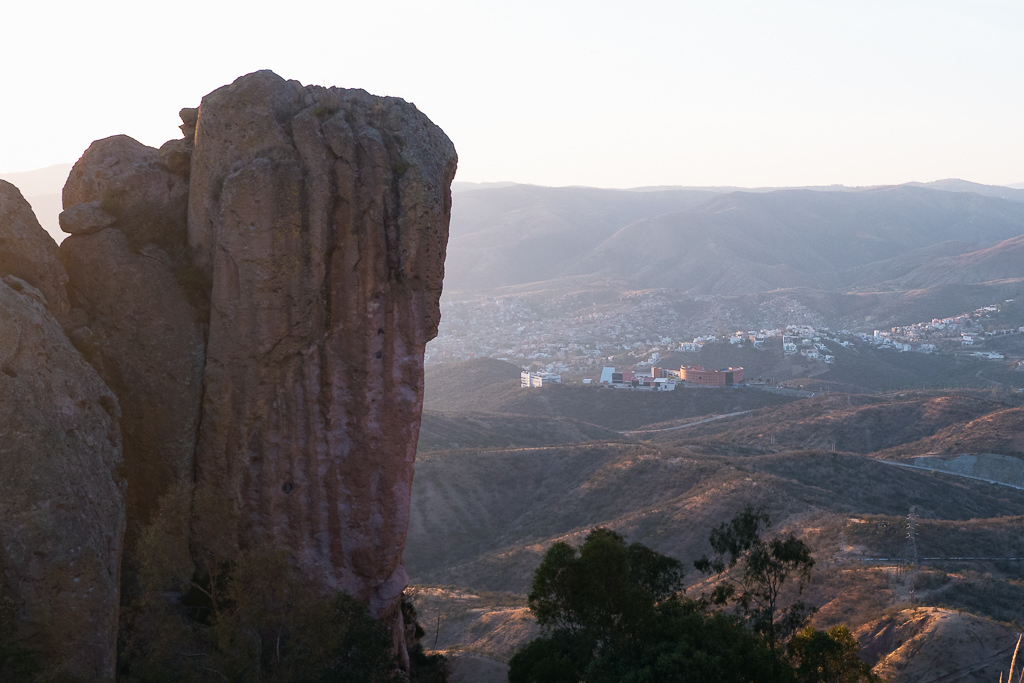
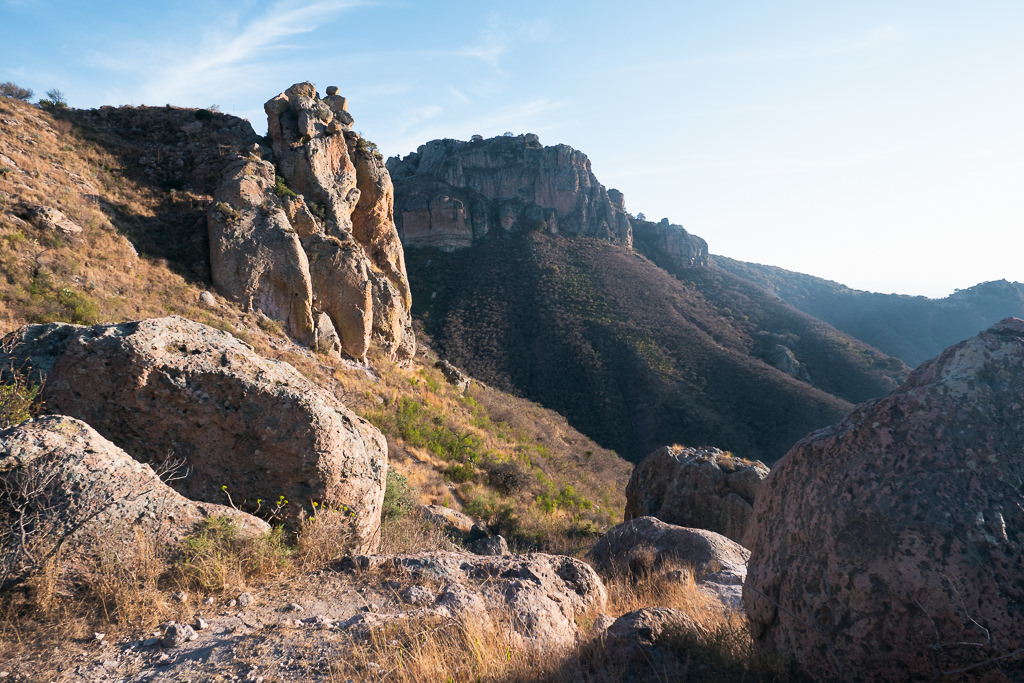
It’s a bit tricky doing this independently. First, you need to take a taxi to the starting point. The first sections of the trail are cvery easy to follow, but to reach the summit, you have to climb several metal stairs and large boulders, which are not properly marked.
If you’re an experienced hiker who uses hiking apps you can probably figure it out, otherwise, you may wish to use a local guide. They can help you time the hike to reach the summit exactly at sunset and transport you safely back when it’s getting dark.
Don Quixote Iconographic Museum
Guanajuato has an unwavering obsession with Miguel Cervantes, the famous Spanish writer of influential novels such as Don Quixote.
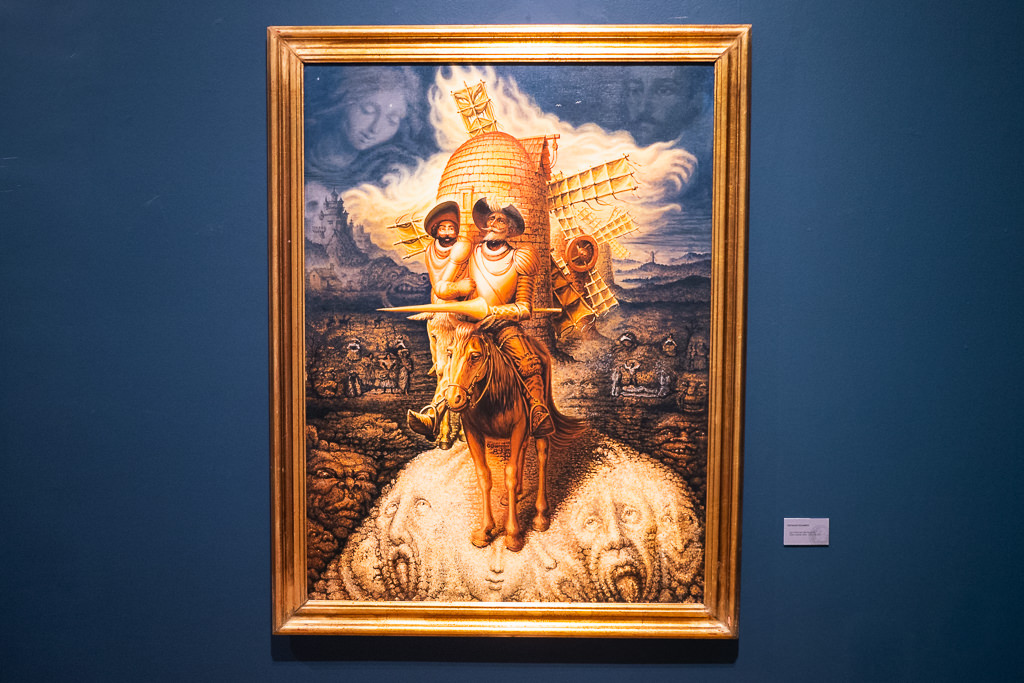
The legend goes that in 1939 a young refugee made it to Mexico after fleeing a French Concentration Camp, bringing with him Don Quixote, a book he had gained by trading a pack of cigarettes.
Finding relief through reading and connection with Don Quixote’s human fight for justice, he began collecting Don Quixote-inspired art, amassing a large collection that he later donated for public enjoyment as a gesture of thanks to Mexico. This collection has now become the Don Quixote Iconographic Museum.
The tiny alleyway of Callejón del Beso
Callejón del Beso, or Alley of the Kiss, is the smallest of the tiny alleyways in Guanajuato.
As with many great things in Mexico, it gained popularity as an attraction by means of tragic legend.
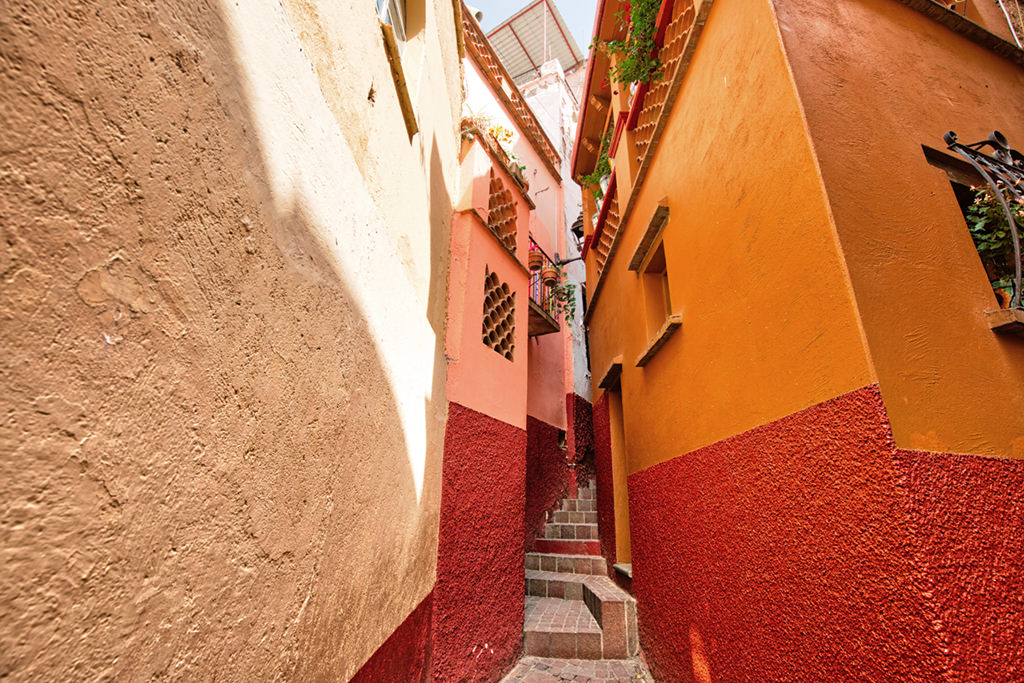
On one side, a wealthy young lady once lived. In love with a poor miner, she would lean out of her window to kiss her forbidden lover on the other side. Her controlling and jealous father discovered her and killed her with a dagger… and the miner then took his own life later at the mine.
The alleyway is now said to bestow good luck to lovers who visit and kiss on its steps.
Is it a bit cheesy? Sure.
It’s definitely a worthwhile romantic stop, but avoid locals trying to sell you their hand-drawn pictures of the alleyway—within seconds and without permission they try to write your name on the art, guilting you into a purchase.
Alhóndiga de Granaditas
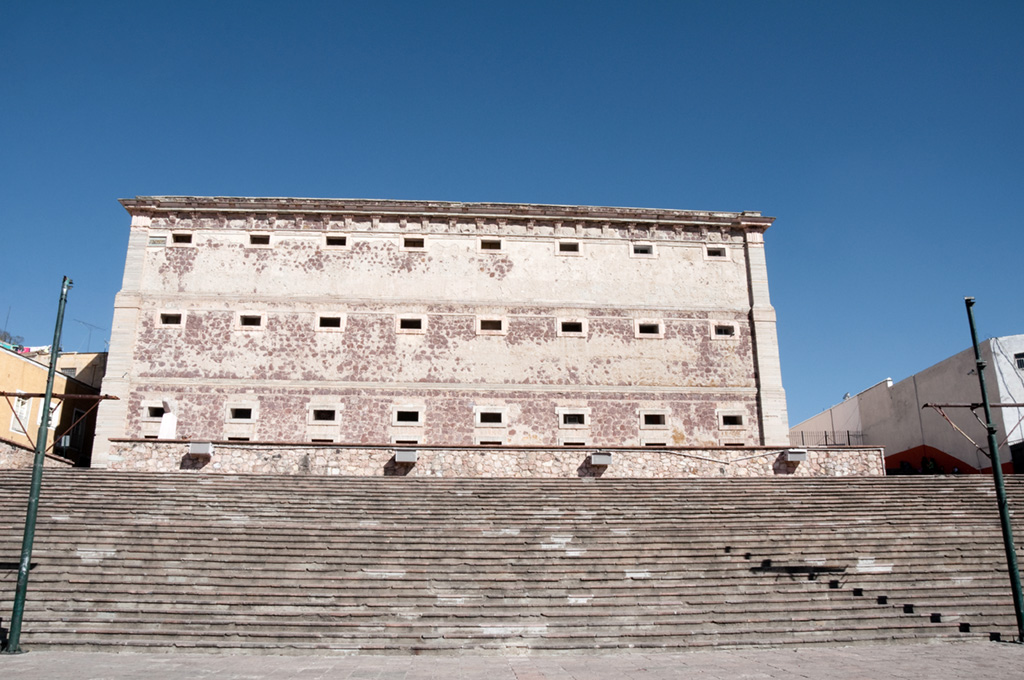
This neoclassical building once served as a public grain exchange or warehouse. It was here that hundreds of Spanish loyals locked themselves inside trying to evade thousands of insurgents led by Miguel Hidalgo during the Mexican War of Independence. That day, all those in hiding were massacred and the building burned.
Later, the Alhóndiga served as a prison for roughly a century.
Though it carries a turbulent past, this building memorializes heroes and leaders of the Mexican Independence and now serves as The Regional Museum of Guanajuato.
Walking through the Alhóndiga, various exhibits showcase stories, art, and relics of the Independence in addition to a small collection of Pre-Hispanic art.
Dine on top of a footbridge
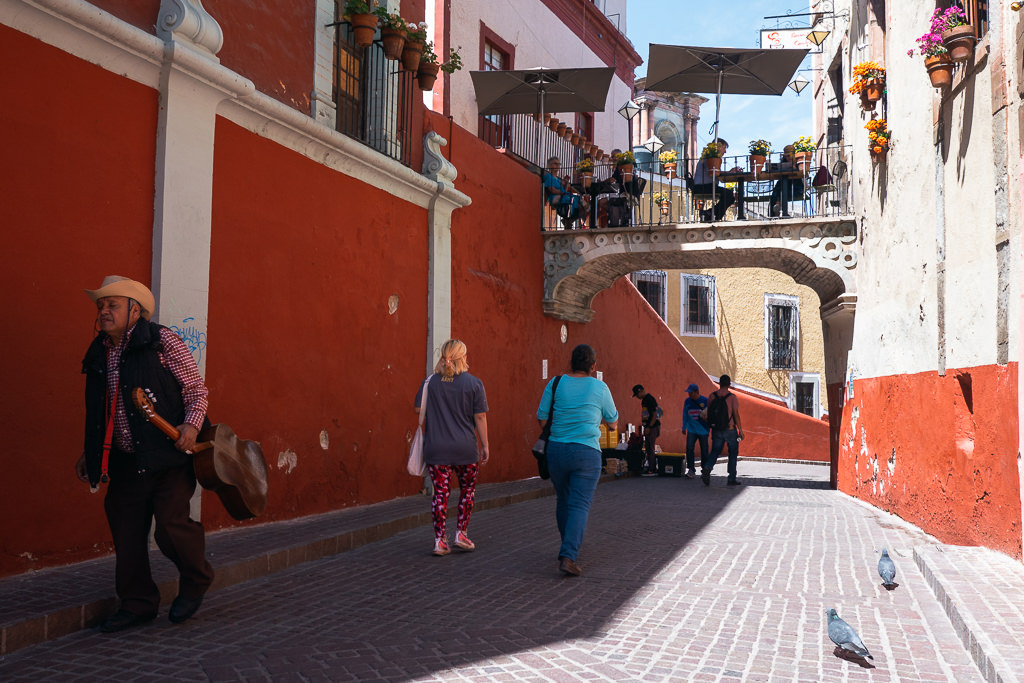
You can’t miss this restaurant as you’ll surely pass by it a few times while strolling Guanajuato’s main walking street. If you can grab one of the tables on top of the bridge at Santo Cafe, you’ll have one of the nicest people-watching spots.
The peaceful yet gruesome gardens of Cochero
Covered in lush greenery and picturesque views, the Hacienda del Cochero is a beautiful spot outside the city offering a nice respite from the close quarters of downtown Guanajuato.
The hacienda is covered with vines, left green plants, and vibrantly coloured flowers. The outside of the hacienda is a sight in itself but what lies beneath definitely doesn’t reflect the beauty of what is above.
The tunnel-like entrance that leads under the gardens leads to a maze of corridors and a museum filled with grim displays and exhibitions of torture devices. According to the museum, the Hacienda del Cochero served as a torture complex during the Spanish Inquisition.
Torturing Natives and locals until they renounced their religion for Christianity. General law-breakers and ne’er-do-wells were also subject to punishment too.
Explore the old mines
In the 1540s, the Spanish found large deposits of gold in the area, followed by silver and other minerals. Mines were dug and forts were built as, naturally, the Spanish wanted to protect their investment.
Currently, there are two mines open to the public for tours. It goes without saying that maybe if you’re claustrophobic, you might want to sit this one out.
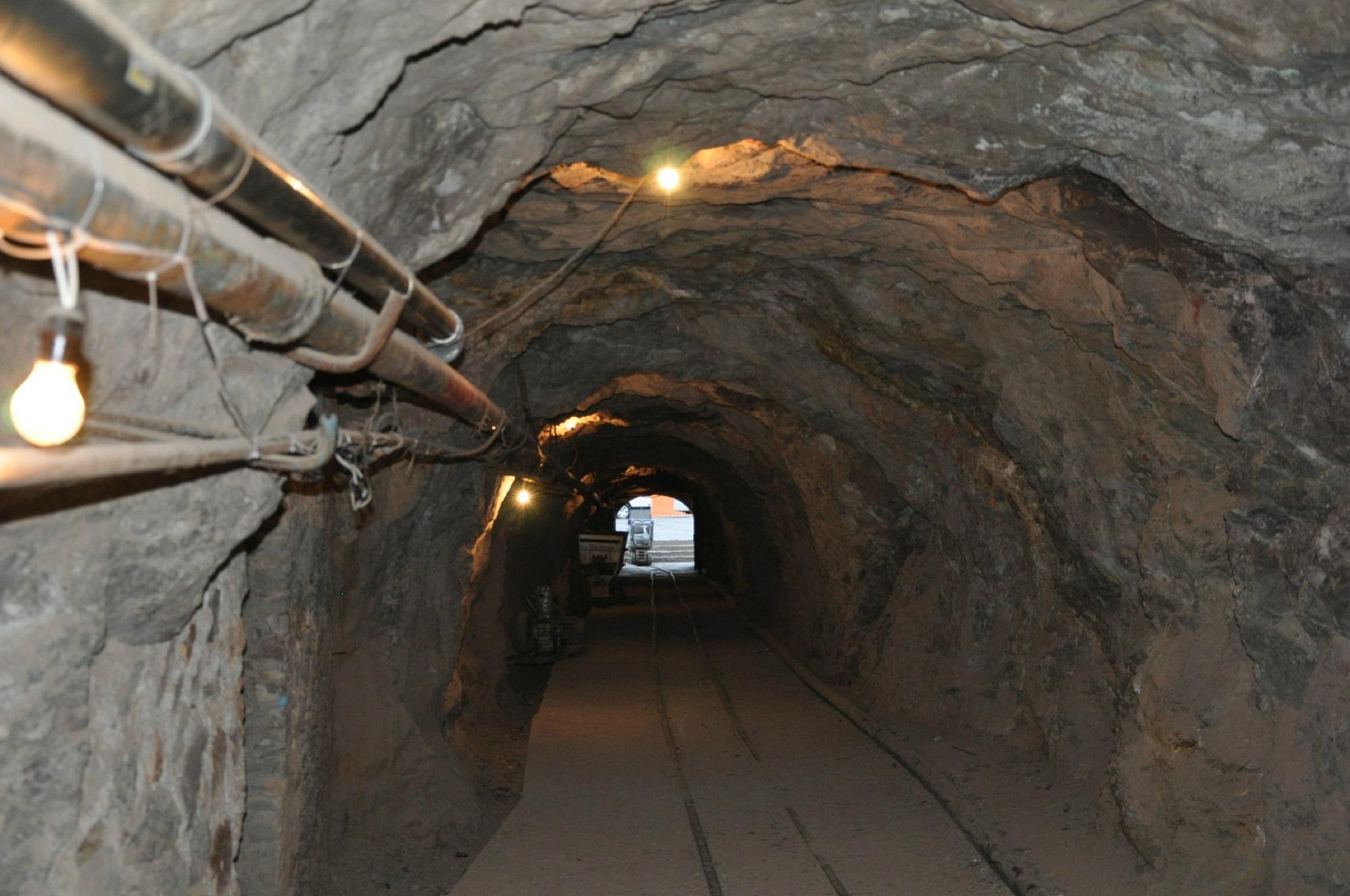
The El Nopal mine is the closest to the city and has tour guides offered by local students for as low as 1.50$ USD. The second and larger mine is La Valenciana, which during the 17th century was the deepest mine in the area. Guests can descend into the 60m long mineshaft and get an up-close look at what makes Guanajuato the place it is today. You can also visit several mines on a private tour.
Savor the local wine
While the Mexican region of Baja Peninsula is most known for growing and producing good wine, Guanajuato’s wine industry is also quite booming. If you fancy yourself a wine aficionado, consider checking out the wineries and sampling the local varieties.
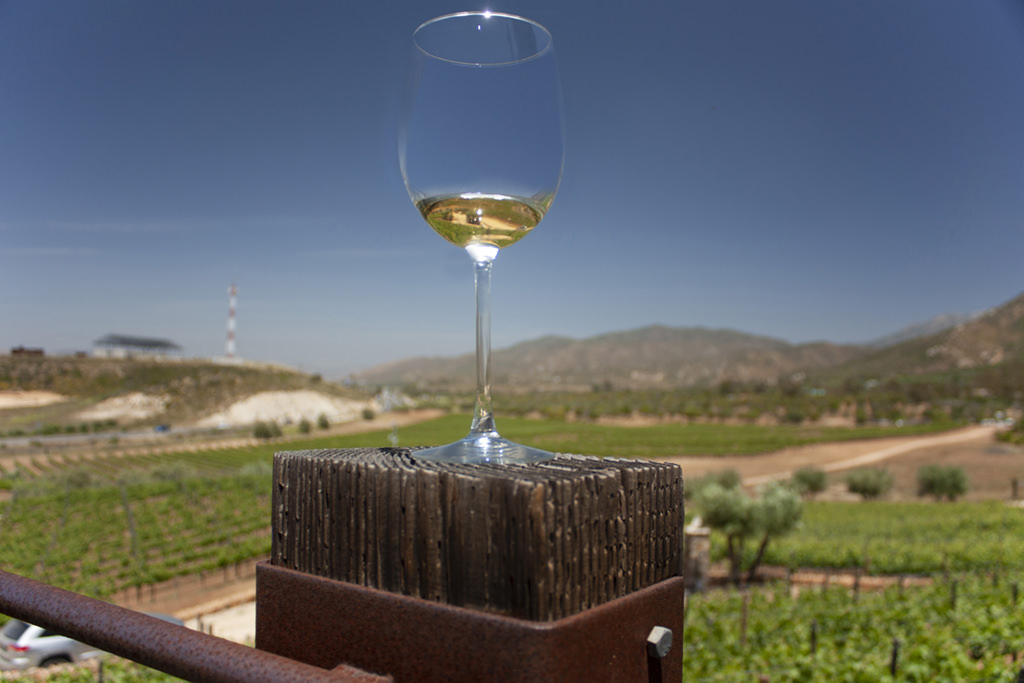
There are roughly 25 wineries around the Guanajuato and San Miguel de Allende area so there’s no shortage of places to choose from. Hacienda San José Lavista, Dos Búhos, and Rancho Toyan are regarded as some of the best.
You may need a car to get here, but tours are widely available to book as well.
Catch the International Cervantino Festival
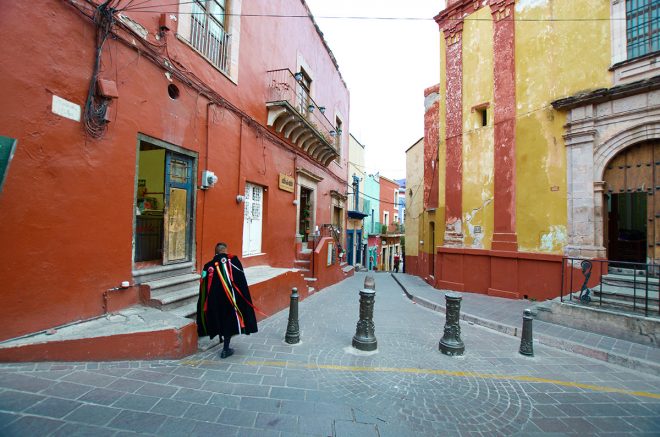
Traveling to Guanajuato mid to late October, you can experience the International Cervantino Festival, honoring a tradition started in the 1970s of performing short plays by Cervantes in the public squares. Now, world-class artists and performers join from around the globe offering plays, dance, operas, folk and contemporary music, visual arts, workshops and classes. Throughout the year, you’ll likely run into street performers dressed in Cervantino garb reciting plays throughout the day.
Getting to Guanajuato
Guanajuato is easily accessed via public bus from Mexico City or neighboring towns, such as San Miguel de Allende. First class buses from Mexico City provide impressive comforts for an affordable price—a great opportunity for a little luxury for the budget-minded traveler.
Leon International airport is about 45 minutes away and shuttles can be arranged cheaply to and from Guanajuato. Shuttles provide more comfort, but also a bit more safety in this area over a regional taxi.
Once in Guanajuato, walking is the easiest way to get around, but Ubers and taxis are also available. Though taxis are relatively safe, the rates are not well regulated and the vehicles are typically quite worn, sometimes without a working meter.
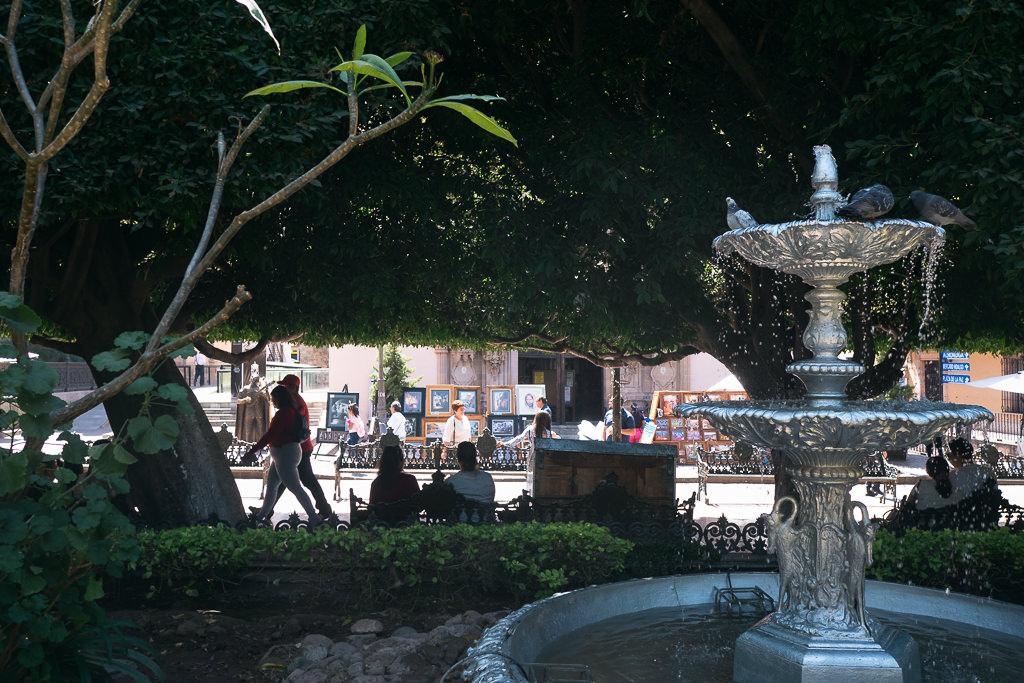
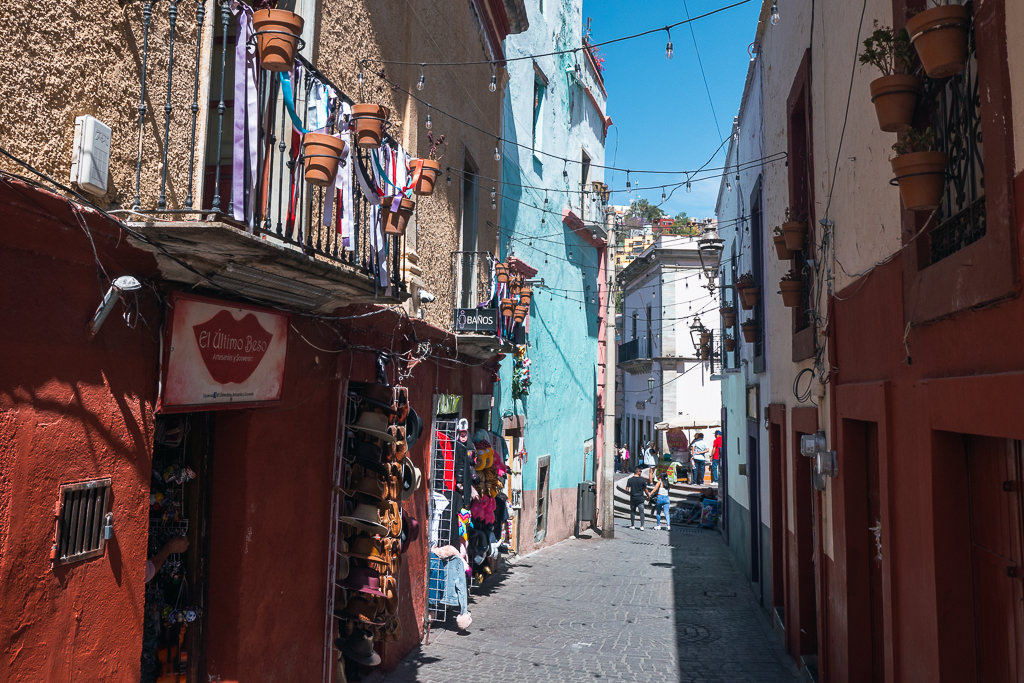
Now you know all the best things to do in Guanajuato
Guanajuato is an absolute gem and despite being such a visually attractive city, it seems tourism is primarily domestic, making it feel a great deal less ‘touristy’ than you may have expected.
There’s enough to see and do in Guanajuato to spend at least several days, with 3 days being a good guideline if you want to get a nice feel for it. As always, the weekends are busier, so for a less hurried experience, you can aim to visit Guanajuato on some weekdays.
Some links may be affiliate links, meaning I may earn commission from products or services I recommend. For more, see site policies.
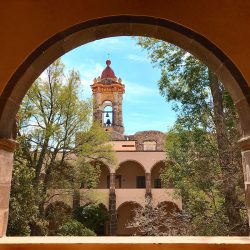
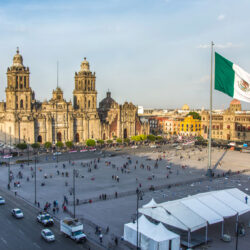




Great article! Diego Rivera museum is cool too. I’d like to add there are a few great Facebook Groups serving the Guanajuato expat community. The first is geared for those visiting or living in Guanajuato – many existing questions and answers about everyday life, or ask your own question and residents will answer it for you. The other Group is a constantly updated list of activities and events in Guanajuato – art, music, food… everything.
expat community: https://www.facebook.com/groups/gtomx/
events and activities: https://www.facebook.com/groups/1587748181247376/
Gracias!
Great tips, thanks for sharing John!